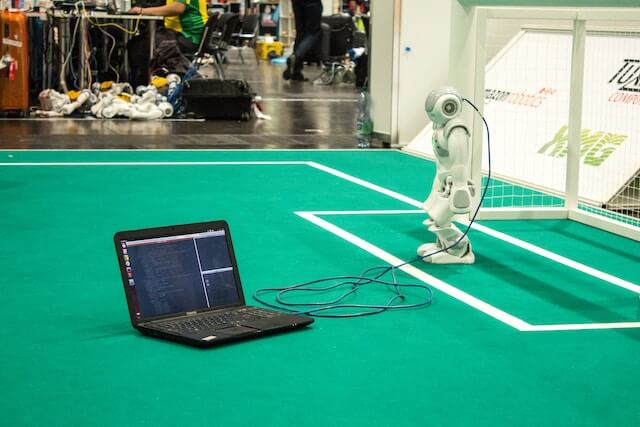
If you are developing a new artificial intelligence project but still haven't decided which language to program in, You'll know soon enough.
Artificial Intelligence is a branch of engineering that basically aims to enable computers to think intelligently in a way similar to intelligent humans. Here are the top languages that are most commonly used to make AI projects:
1. Python
Due to its simplicity, Python is considered to be the first in the list of all AI development languages. The syntax belonging to python is very simple and can be easily learned. Hence, many AI algorithms can be easily implemented in it. Python requires less development time as compared to other languages like Java, C ++ or Ruby. Python supports object-oriented, functional as well as procedural programming style. There are many libraries in python which makes our task easier. For example, Numpy is a python library which helps us to solve many scientific calculations. Also, we have Pybrain which is used to use machine learning in Python.

2. R
R is one of the most effective languages and environments used for statistical analysis and manipulation of data. Using R, we can easily generate well-designed publication-quality graphs, including the mathematical notation and formulas needed. In addition to being a general purpose language, R has many software packages such as RODBC, Gmodels, Class and Tm which are used in the field of machine learning. These packages make it easy to implement machine learning algorithms to solve business related problems.
3.Lisp
Lisp is one of the oldest and most suitable languages for artificial intelligence development. It was invented in 1958 by John McCarthy, the father of artificial intelligence. It has the ability to process symbolic information efficiently.
It is also known for its excellent prototyping features and easy dynamic creation of new objects with automatic garbage collection. Its development cycle allows interactive evaluation of expressions and recompilation of functions or files while the program is still running. Over the years, due to advances, many of these features have migrated to many other languages, thus affecting the uniqueness of Lisp.

4. Prolog
This language exists alongside Lisp when we talk about developments in the field of AI. It offers features like effective pattern matching, tree-based data structures and automatic backtracking. All these features provide surprisingly powerful and flexible programming framework. Prolog is widely used in medical projects as well as in the design of expert AI systems.
5. Java
Java can also be considered as a great choice for AI development. Artificial intelligence has a lot to do with search algorithms, artificial neural networks and genetic programming. Java offers many benefits: ease of use, ease of debugging, package services, simplification of working on large projects, graphical representation of data and better user interaction. It also includes Swing and SWT (Standard Window Widget Toolkit). These tools make graphics and interfaces look more attractive and sophisticated.
As Google called on developers at this year's I/O conference, to contribute to the development community together. At the same time, the Model Play team is also sending out a call for AI models to developers around the world, soliciting TensorFlow-based deep learning models that can run on Google Coral Dev Board, in order to encourage more developers to participate in the event, and millions of AI developers around the globe, to share their creativity and ideas.

Model Play is an AI model sharing marketplace for global AI developers, which not only provides a platform for global developers to display and exchange AI models, but also can be used with Coral Dev Board with Edge TPU to accelerate ML inference, and preview real-time model running effect through cell phones, which can help AI expand from prototype to product.
Developers can publish their own trained AI models, or subscribe and download the models they are interested in for retraining and expanding their AI creativity, realizing the process of idea-prototype-product. model Play also has a variety of commonly-used AI models pre-built, such as MobileNetV1, InceptionV2, etc., and supports the submission and publication of retraining models, making it convenient for users to optimize their business data. It also supports the submission and release of retrainable models, which is convenient for users to optimize and fine-tune on their own business data.
